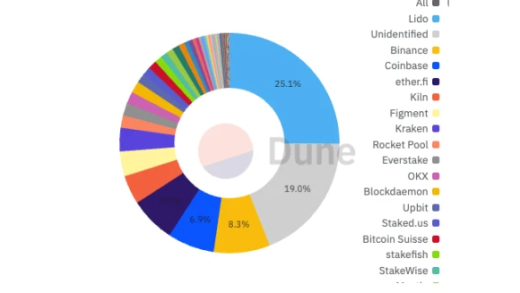USD1 Stablecoin: From $3.5M to $2.7B – The New Force Shaking Crypto Markets
Ever heard of a stablecoin that zoomed from $3.5 million to $2.7 billion in just a few months? Meet USD1 – the crypto world’s latest sensation, and also one of its most controversial, thanks to its ties to the Trump family. Let’s break down what makes USD1 tick, why it’s blowing up, and why it’s sparking so much debate.
What is USD1? – The Trump-Backed Stablecoin
Launched in March 2025 by World Liberty Financial (WLFI), USD1 isn’t your average stablecoin. Here’s the kicker: the Trump family owns 60% of WLFI, giving USD1 an instant “political flavor” from day one.
Unlike algorithmic stablecoins (which rely on market tricks to stay pegged), USD1 plays it safe: it’s 1:1 pegged to the U.S. dollar, backed by real-world assets like cash, short-term U.S. Treasuries, and other liquid investments. The issuer promises every USD1 is fully supported by reserves, with regular third-party audits to prove it – transparency is its selling point.
From Underdog to Top Contender: USD1’s Meteoric Rise
When it first launched, USD1 was a nobody: $3.5 million in circulation, dwarfed by giants like USDT ($120 billion) and USDC ($30-35 billion). But things changed fast:
– Multi-chain magic: It started on Ethereum, then expanded to BNB Chain, Solana, and TRON. On BNB Chain alone, it hit $1 billion in circulation thanks to DeFi hubs like PancakeSwap; on Solana, it grabbed $2 billion in liquidity within 90 days of launch.
– Mass adoption: Daily trading volume now sits between $10-16 billion, hitting $40 billion in the last 30 days – rivaling long-standing players like USDC.
– Current stats: As of September 2025, it’s worth $2.7 billion, ranking among the top 10 stablecoins globally.
Why USD1 is Winning Fans – Safety, Compliance, and “Free Money”?
USD1’s secret sauce? It’s betting big on stability and regulation:
– Rock-solid reserves: Most of its reserves are short-term U.S. Treasuries, which earn $80-90 million a year in interest. Normally, issuers keep this profit – but here, it flows to WLFI… and thus the Trump family (more on that controversy later).
– Playing by the rules: The U.S. GENIUS Act set clear rules for stablecoins (e.g., low-risk reserves, audits, user priority in bankruptcy). USD1 has leaned into these rules, boosting trust.
The Controversy: Politics, Profits, and Foreign Ties
USD1’s fame comes with backlash:
– Trump family profits: Critics argue the $80-90 million in annual reserve earnings enriches the Trump family, blurring lines between political power and financial gain.
– Foreign influence fears: Reports claim UAE state-owned firm MGX funneled nearly $2 billion into Binance via USD1, sparking questions about hidden foreign agendas and conflicts of interest.
What’s Next for USD1? – Growth or Collapse?
Analysts think USD1 could hit $5 billion by mid-2026 if adoption stays hot. But risks loom:
– Political heat: With U.S. elections in 2025-2026, USD1 may become a political target.
– Tough competition: USDC’s strong compliance and PayPal’s PYUSD are nipping at its heels.
– Centralization risks: Most USD1 is held in a few large wallets, raising concerns about decentralization.
USD1’s Lesson: Stablecoins Are More Than “Digital Dollars”
USD1 isn’t just a stablecoin – it’s a test case for how politics and crypto collide. Its success (or failure) could shape global crypto regulations: Can a “dollar stablecoin” stay neutral when backed by a political family?
For everyday users, USD1 is a reminder: The next big crypto trend might not just be about technology – it could also be about power, profits, and the messy overlap between old-world politics and new-world finance.
Read More《USD1稳定币:全球加密货币市场的新势力》
This content is AI-generated and does not constitute investment advice. Please exercise your own rational judgment.
- Startup Commentary”Building LLMs: The Knowledge Graph Foundation Every AI Project Needs”
- Startup Commentary”The 17th Year of Tmall Double 11 and the New Map Rewritten by AI”
- Startup Commentary”How to Prepare Your Data for Artificial Intelligence”
- Startup Commentary”Small and Medium-sized Banks: “Cutting the Tail” in Loan Assistance”
- Startup Commentary”The Six AI Giants on Stage: AGI Is No Longer a “Future” Thing”





